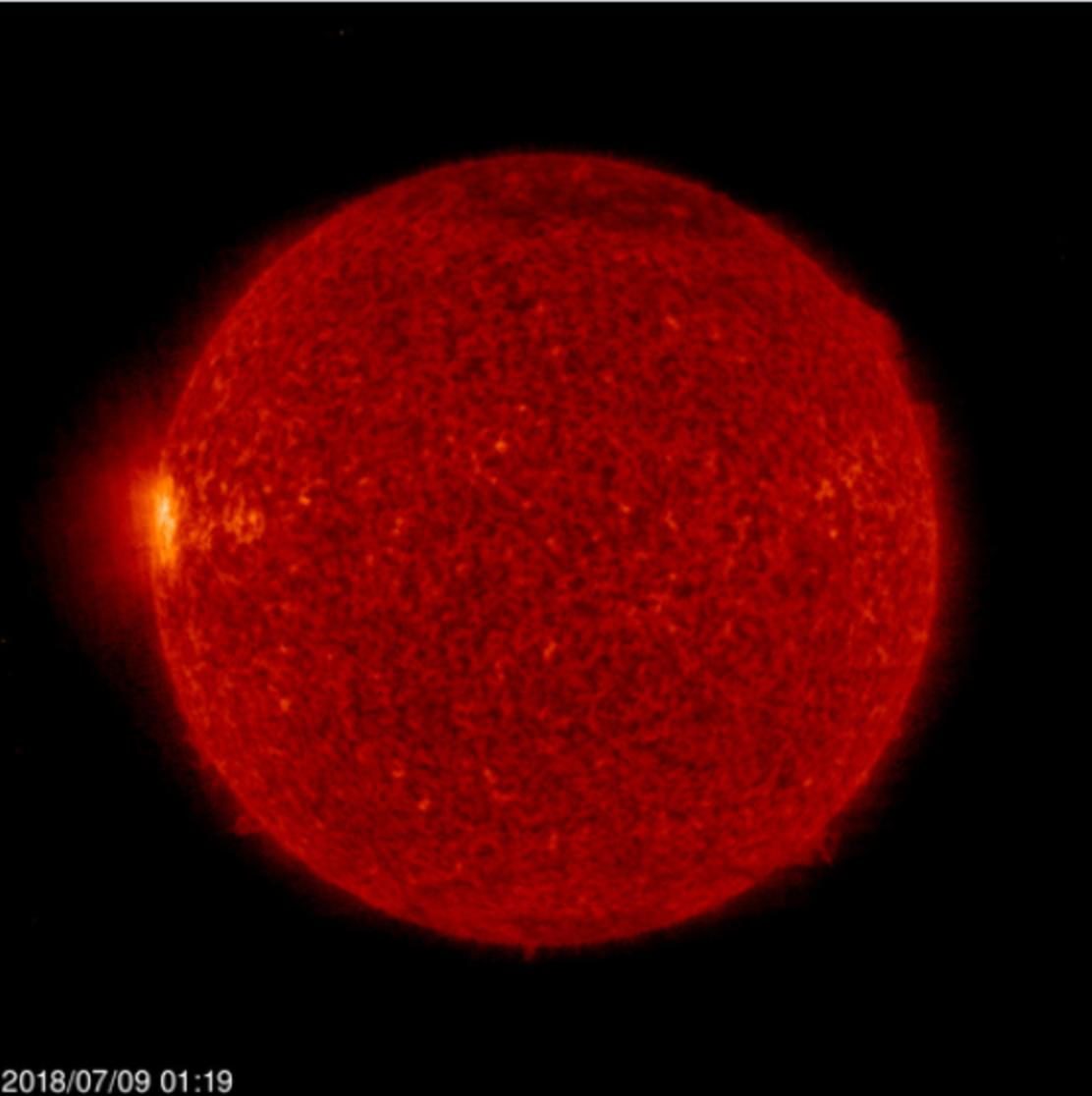We now have 70 years of F10.7 data. The F10.7 flux is considered to be the most accurate measure of solar activity. The solar cycles are numbered. Solar Cycle 24 has about two years to go before the month of minimum. To date the F10.7 flux has had a floor of 64.
The interplanetary magnetic field has been in a downtrend since the early 1980s with the last three solar minima lining up. If this trend continues then it will get down to a monthly average of 2.8 in 2020 at the 24/25 minimum.
We now have 150 years of daily aa Index data. This is a geomagnetic index of the Sun's magnetic activity. This graph explains why the world warmed in the second half of the 20th century. In the 67 years of data up to 1935, the Sun's magnetic shield of the Earth averaged 15.7 on the aa Index. In the subsequent 71 years of the Modern Warm Period up to 2006, this shield was 50 per cent stronger, averaging 23.2 on the aa Index. Since 2006, the aa Index has been at Little Ice Age-like levels with an average of 15.8 and falling as we go further into the 24/25 solar minimum.
This graph, from Professor Ole Humlum's climate4you site, shows the Argo temeperature data of the area ccorresponding to the main part of the North Atlantic Current. The Argo floats were launched in 2004, just in time to capture the start of the temperature decline from the end of the Modern Warm Period in 2006. Where the temperature decline will stop is open to conjecture.
Another sign that the Sun is quieting down is the alpha particle to proton ratio in the solar wind which peaked in intensity in 1991. This ratio is now at a third of its peak with room for further decline into the 24/25 solar minimum.
This graph of the solar wind flow pressure confirms, for the period of the instrument record, the Sun was most active in 1991. Note that the second half of Solar Cycle 24 was far more active than the first half up to 2014, despite the declining F10.7 flux.
The 1991 spike in the solar wind flow pressure resulted in a spike down in the cosmic ray flux at the Earth's orbit as captured by this graph of the neutron flux data from the Oulu station in Finland. That was also the year of the Mt Pinatubo eruption, the cooling from which overwhelmed any solar signal in the temperature record.
The neutron flux is where the rubber meets the road in terms of the interaction of solar activity and climate. Cosmic rays are dominantly protons and helium atoms. They hit oxygen and nitrogen atoms in the upper atmosphere and cause a cascade of particles in the lower atmosphere which can be holding enough water for cloud droplet formation but lacks nucleation sites. The increased cloud cover during low solar acitivity increases the Earth's albedo and the atmosphere cools.
Despite the solar wind and the aa Index being much stronger in the second half of the current solar cycle, the neutron flux is at a new high relative to previous cycles. The Oulu neutron flux is on track to reach 7,000 during solar minimum.
The Oulu neutron flux also illustrated the end of the Modern Warm Period in 2006. This figure shows it inverted against the F10.7 flux. The transition from the Modern Warm Period did not wait for the end of Solar Cycle 23 in 2008, the neutron flux shows an abrupt change to a lower level of activity in 2006.
Figure 10: Solar Polar Field Strength Aligned on Minimum
The strength of the next solar cycle can be determined by the solar polar field strength at solar minimum. That is tracking for Solar Cycle 25 to be much the same as the amplitude of Solar Cycle 24. This is a return to the solar conditions that characterised the 19th century.
David Archibald is the author of American Gripen: The Solution to the F-35 Nightmare














Comment: There is also mounting data showing that extreme changes on our planet are accompanying this significant dip in solar activity:
- Cosmic climate change: Is the cause of all this extreme weather to be found in outer space?
- Is there a connection between cosmic rays, earthquakes and volcanic eruptions?
- Solar minimum: The sun is getting quieter... and its rotation is slowing down
- Revision to 400-year sunspot record makes current solar cycle weakest in 200 years
- Solar minimum is upon us and 20 years of data shows other stars are exhibiting similar signs
And for more, check out SOTT radio's: Behind the Headlines: Earth changes in an electric universe: Is climate change really man-made? As well as SOTT's monthly documentary: SOTT Earth Changes Summary - May 2018: Extreme Weather, Planetary Upheaval, Meteor Fireballs